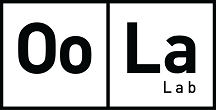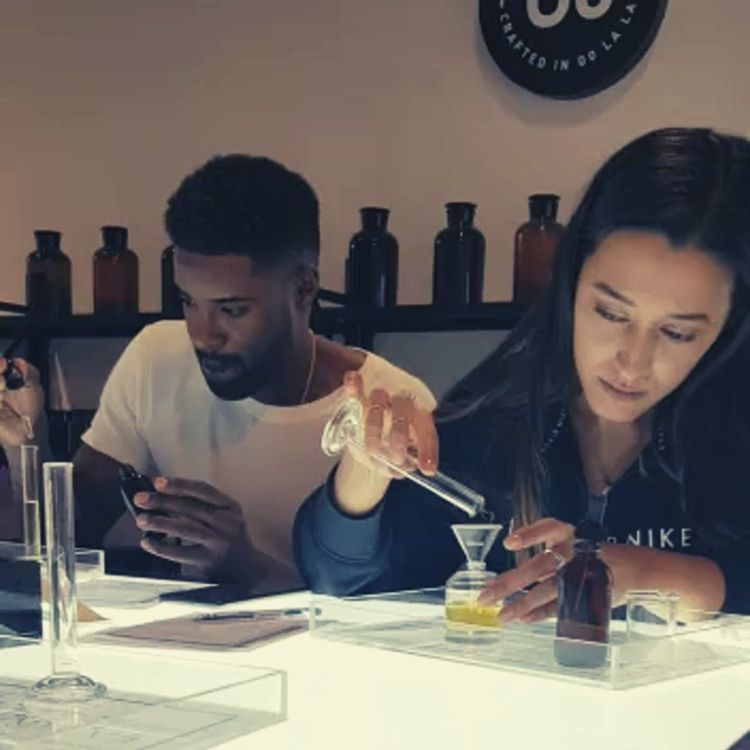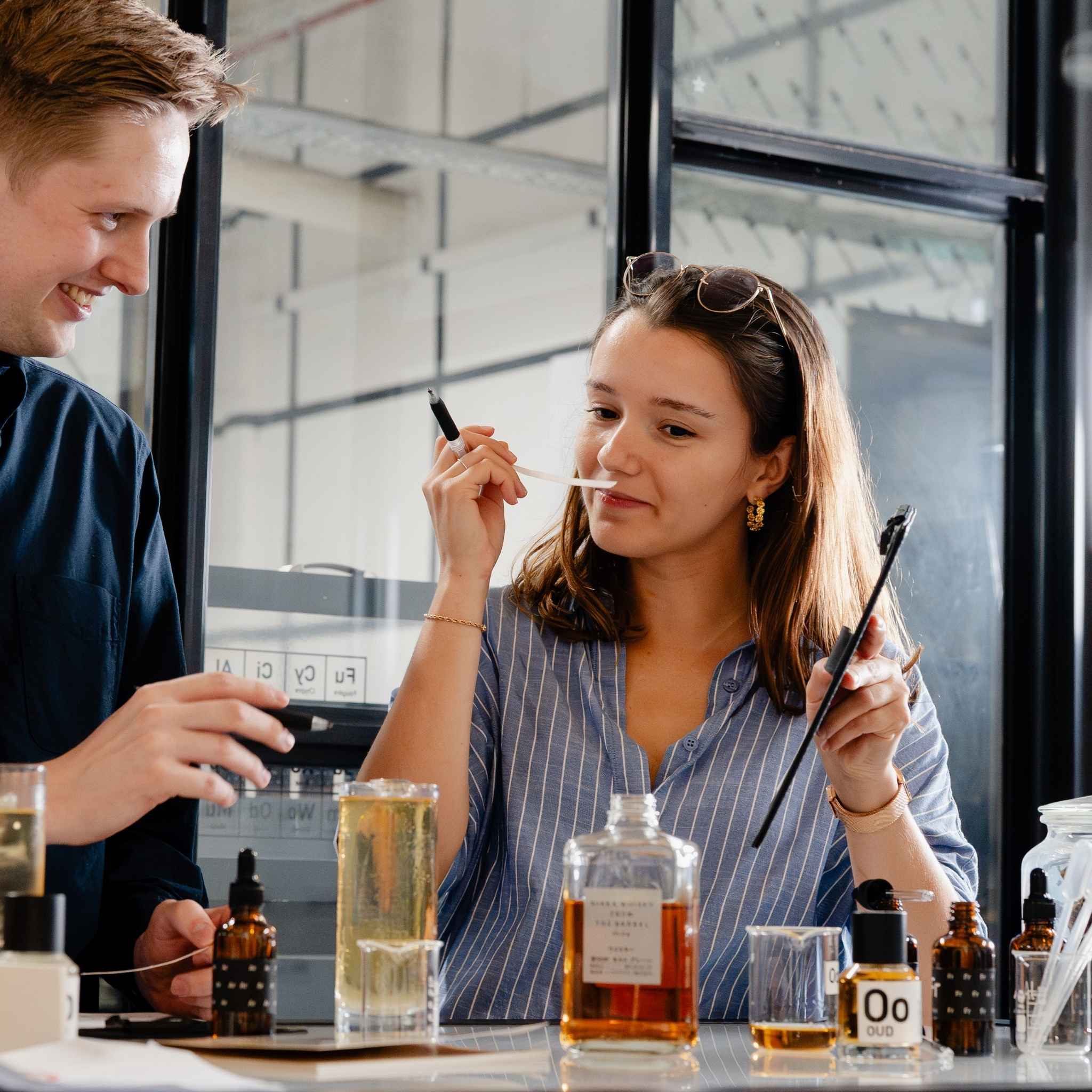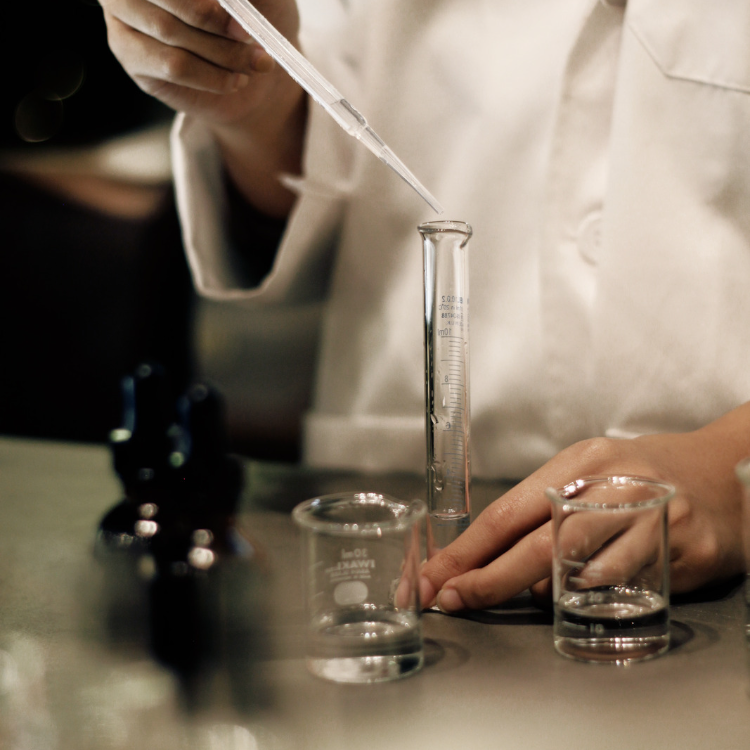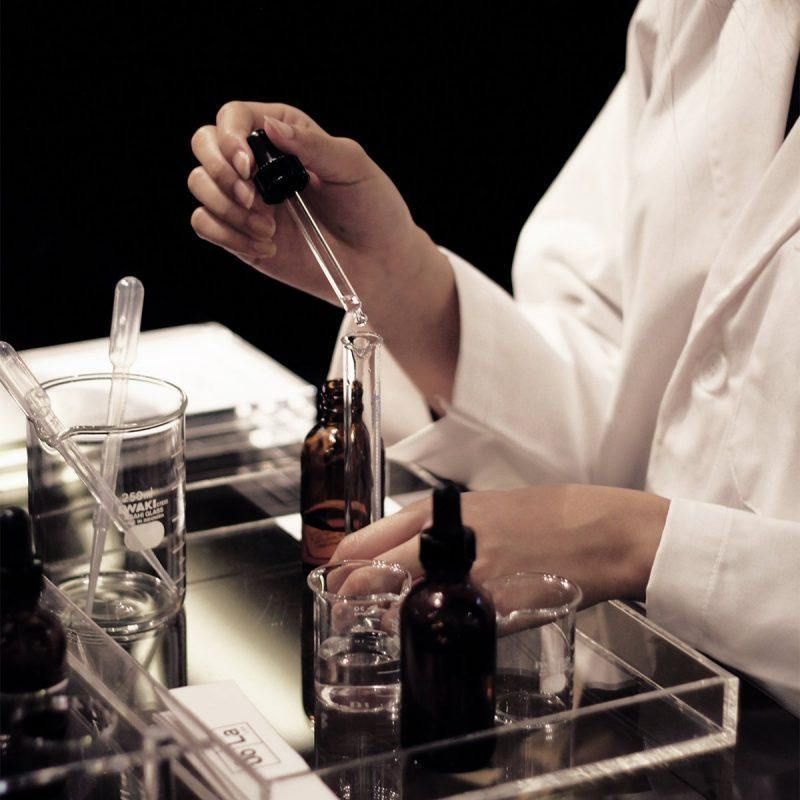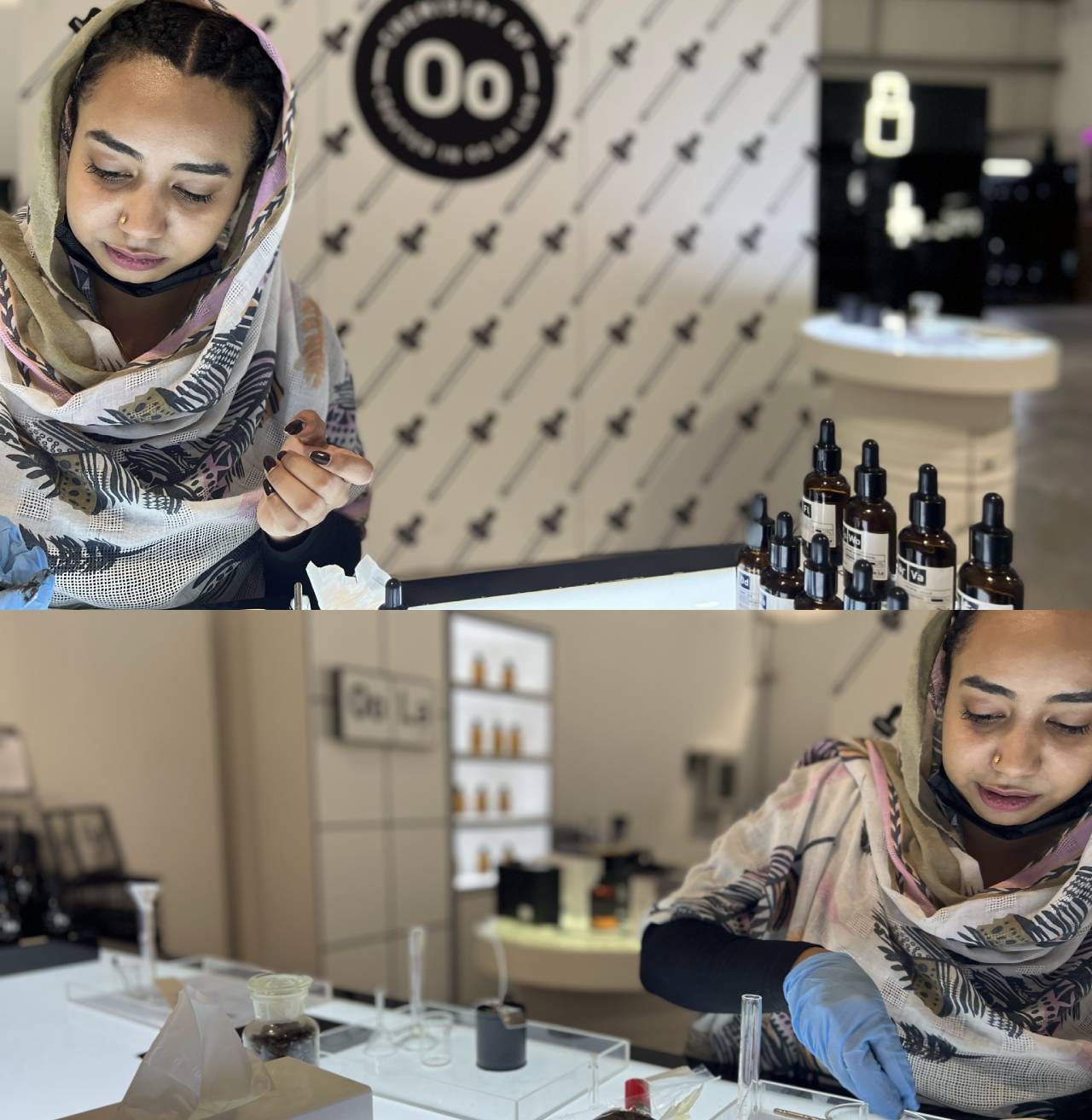Eau what? Explaining the difference between Extrait, Eau de Parfum, Eau de Toilette, Eau de Cologne
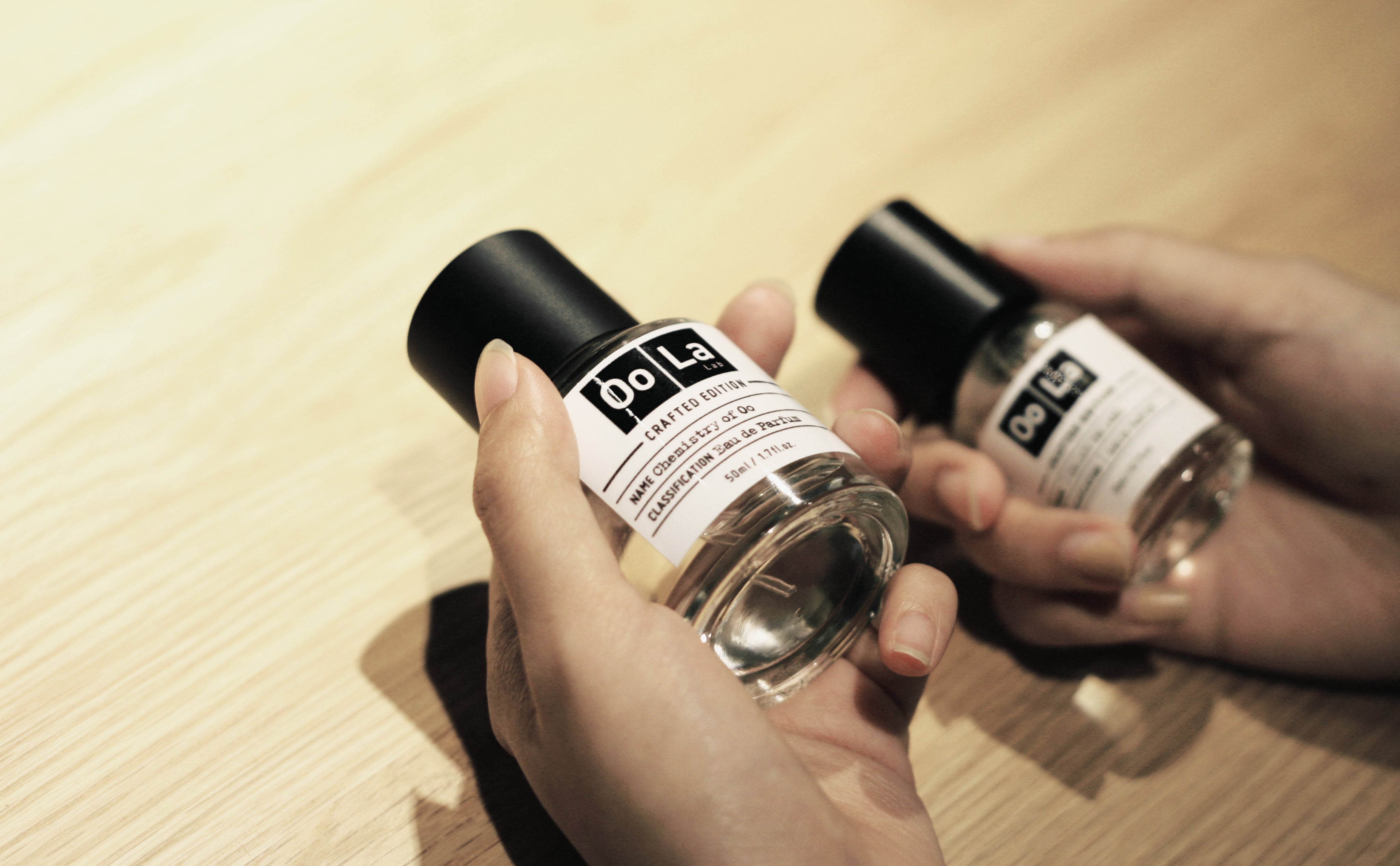
Fragrances are produced at different concentrations or strengths—that is, different ratios of aromatic oils to ethanol/ethanol and water. As with many things in the fragrance industry there is no fixed measure to which manufacturers need to comply.
Extrait (also referred to as Parfum) contains anywhere between fifteen percent and forty percent aromatic compounds.
Historically it was considered the primary format for a fragrance but fell our of favour. These days extrait may be found amongst niche perfumes
Extraits are generally known to be longer lasting but depending on the ingredients or creative vision this is not always guaranteed to be the case. Composing for this format, especially for extraits with longevity, is on the base notes.
Eau de parfum is a fragrance concentration consisting of approximately ten percent to twenty percent aromatic compounds, refreshing heart and top notes. This format is very popular these days and
Eau de toilette is a fragrance concentration consisting of between five percent and fifteen percent aromatic compounds. Again, the majority of fragrances fall somewhere in the middle with an average of about ten percent aromatic compounds. The eau de toilette concentration has a long history. Its origins can be traced to fourteenth century Hungary and the development of the now famous eau de la reine de hongrie, predecessor of eau de cologne and eau de toilette alike. The more modern history of the eau de toilette is harder to piece together. There are various accounts of its origins but perhaps the most compelling explanation is elucidated by Roja Dove in The Essence of Perfume:
Eau de toilette takes its name from a very complex and expensive product created by perfumers centuries ago that was made from fabric (hence toile which is French for fabric). This toile was impregnated with perfume over many months and made into a sponge-shaped object, used dry to 'cleanse', refresh and scent the body. With the development of the guild of gantier-parfumeur, and the increased use of scent, the fomulae were then added to alcohol and used for the same purpose.
Etymologically speaking, the theory that the toile impregnated by fragrance gave birth to the modern eau de toilette makes sense. The Middle English toile predates the term toilette by centuries indicating that the very association between toilette and cleanliness may be due to the early history of the fragranced toile. Adding to the confusion, the term eau de toilette is often mis-translated into English as toilet water, in reference to the French term toilette which developed from toile and came to mean dressing room and finally washroom. In the seventeenth century, the term toilette referred not only to the space but also to the process of getting dressed, applying make-up, etc. Toilette eventually came to refer to not only the process of getting dressed but also to the objects employed in this process, hence eau de toilette.
Since the dawn of modern perfumery, eau de toilettes have been offered as more affordable alternatives to the costly and luxurious perfume concentrations. Their affordability coupled with the fact that eau de toilettes are structurally more focused on the crisp, effervescent top notes and heart notes led to their association with daywear. In an average eau de toilette, fifty percent of the aromatic compounds are top notes, thirty percent heart notes and only twenty percent base notes.
The radically different structures of the different concentrations means that a given fragrance can vary wildly from extrait to eau de parfum to eau de toilette. It is important to remember that concentrations are not simply a matter of the percentage of aromatic compounds in a given fragrance—every concentration of every fragrance is its own distinct creation with its own distinct formula.
Eau de cologne is undoubtedly the most confusing of the perfume concentrations. Like eau de toilette, its lineage can loosely be traced back to the eau de la reine de hongrie. The first fragrance to bear the name eau de cologne was created in 1709 in Köln (Cologne), Germany by Jean Marie Farina. Farina had, in turn, developed his recipe from a fragrance created by his uncle Gian Paolo Feminis called Aqua Admirabilis.
The original eau de cologne was a refreshing blend of bergamot, neroli and orange blossom favored by such figures as Napoleon Bonaparte. However, this only goes part of the way toward explaining the term. Over the years many houses began producing their own version of eau de cologne and thus the term eau de cologne came to refer to a style of fragrance chiefly composed of citrus essences and products obtained from the orange tree (neroli, orange blossom, bigarade).
In modern times, the term eau de cologne has come to refer to a concentration. This dates back to the late nineteenth and early twentieth century as the fragrance industry boomed many houses began to offer eau de cologne versions of their popular fragrances. These fragrances often contained between two percent and five percent aromatic compounds and were sold in larger bottles. This represents As they were less expensive and offered consumers more volume for their money eau de colognes became wildly popular. Structurally these fragrances were weighted heavily toward the top notes, perhaps as an homage to the original meaning of the term eau de cologne. Thus eau de cologne came to refer to a light concentration of fragrance with effervescent top notes.
Finally, there is the issue of the term cologne or eau de cologne being used to refer to men's fragrances, in general. This is a distinctly American phenomenon dating back to the mid-twentieth century. The reasons are complex and have much to do with gender roles and the relative reluctance of American men to adopt something viewed as feminine. To this day, many Americans use the term cologne to refer to all manner of men's fragrance, regardless of style or concentration.
Eau fraîche is a concentration that consists of three percent or less aromatic compounds. This concentration is meant to be refreshing and short-lasting.
In addition to the concentrations touched on above, there are dozens of lesser-known concentrations. In most cases, these will simply be new names for existing concentrations. For instance, the term eau de toilette may be appended with any of the following: intense, extrême, concentrée. However, these extra-concentrated variations rarely push the fragrance outside of the normal range for an eau de toilette.
There also exist a slew of other seldom-used concentrations used for very lightly scented products: perfumed mist/brume parfumée, perfumed veil/voile parfumée, perfumed water/eau parfumée. These concentrations generally range between two percent and eight percent.
The most import thing to take away from this is that concentrations mean very little. An eau de toilette from one company can be the same as an eau de parfum from another. If anything, they are a rough guide that give you some idea what to expect when it comes to the underlying structure of a fragrance. Judge every fragrance on its own terms and don't assume that a higher concentration will mean better longevity or quality.
- Tags: Fragrance Education
